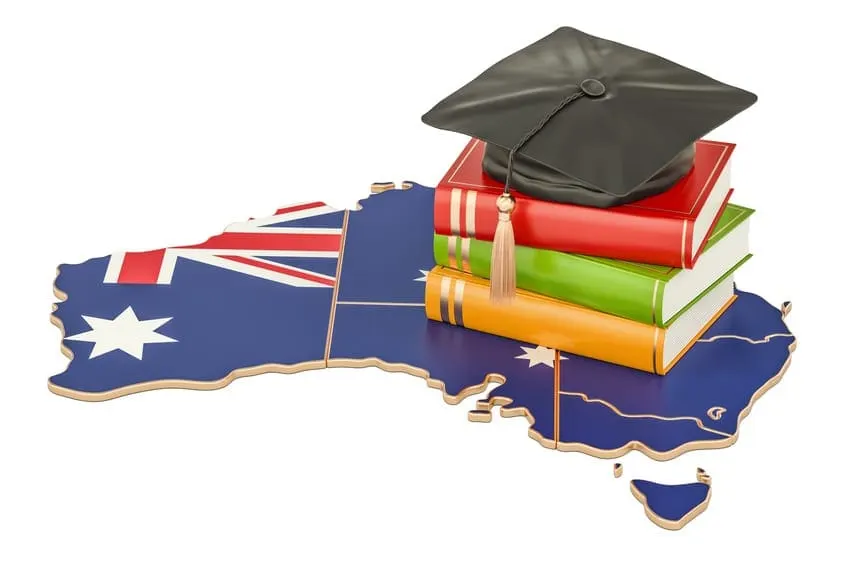ist-pasion.com – The Australian education system is renowned for its quality and accessibility, offering a comprehensive framework that caters to the diverse needs of students from early childhood through to tertiary education. The system is primarily the responsibility of individual states and territories, with the federal government playing a role in funding and setting national standards.
Structure of the Education System
Early Childhood Education
Early childhood education in Australia includes preschool and kindergarten programs, which are designed to prepare children for formal schooling. These programs focus on play-based learning and aim to develop social, emotional, and cognitive skills.
Primary and Secondary Education
Primary education typically spans from Prep (or Kindergarten) to Year 6, while secondary education covers Years 7 to 12. The curriculum is standardized across the country through the Australian Curriculum, which outlines the core knowledge, skills, and capabilities students should acquire.
Tertiary Education
Tertiary education in Australia includes vocational education and training (VET) and higher education. VET institutions offer practical, job-specific training across a wide range of industries. Higher education is provided by universities and includes undergraduate and postgraduate degrees.
Key Policies and Initiatives
National Assessment Program – Literacy and Numeracy (NAPLAN)
NAPLAN is a national assessment for students in Years 3, 5, 7, and 9, focusing on literacy and numeracy skills. The results provide valuable data on student performance and inform educational policy and practice.
My School Website
The My School website provides detailed information on every school in Australia, including student performance, demographics, and funding. This transparency aims to promote accountability and enable parents and communities to make informed decisions about education.
Higher Education Contribution Scheme (HECS) and HELP
The HECS and HELP schemes allow students to defer the cost of their higher education and repay the debt through the tax system once they are earning above a certain threshold. This ensures that education is accessible regardless of financial background.
Achievements and Challenges
International Reputation
Australia’s education system is highly regarded internationally, with universities consistently ranking among the world’s best. The country also attracts a significant number of international students, contributing to its cultural diversity and economy.
Equity and Access
Efforts to improve equity and access to education have seen improvements in participation rates among disadvantaged groups. However, challenges remain, particularly in closing the achievement gap between Indigenous and non-Indigenous students.
Innovation and Adaptability
The Australian education system has shown a capacity for innovation and adaptability, particularly in response to technological advancements and global trends. The integration of digital technologies and flexible learning modes has prepared students for the demands of the modern workforce.
Conclusion
The Australian education system is a complex and dynamic framework that reflects the country’s commitment to quality education for all. Through a combination of national standards, local governance, and a focus on equity and innovation, Australia continues to build on its achievements and address the challenges of the 21st century.




